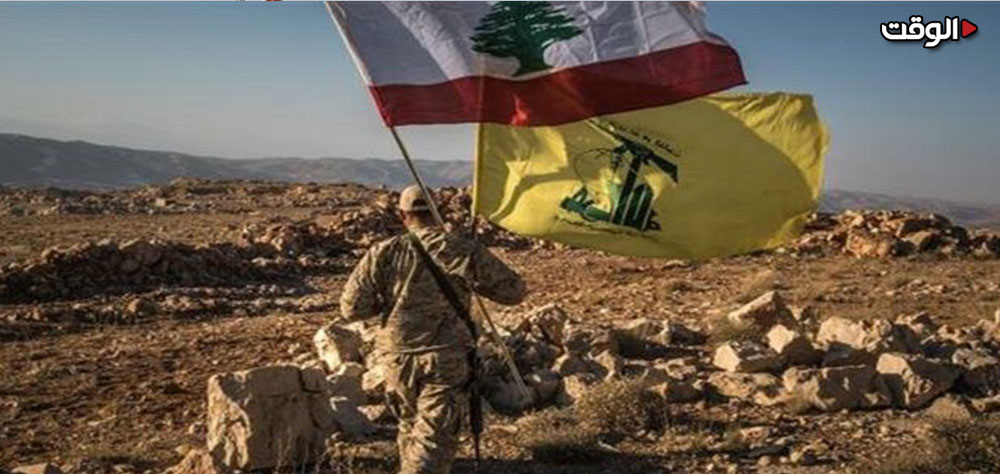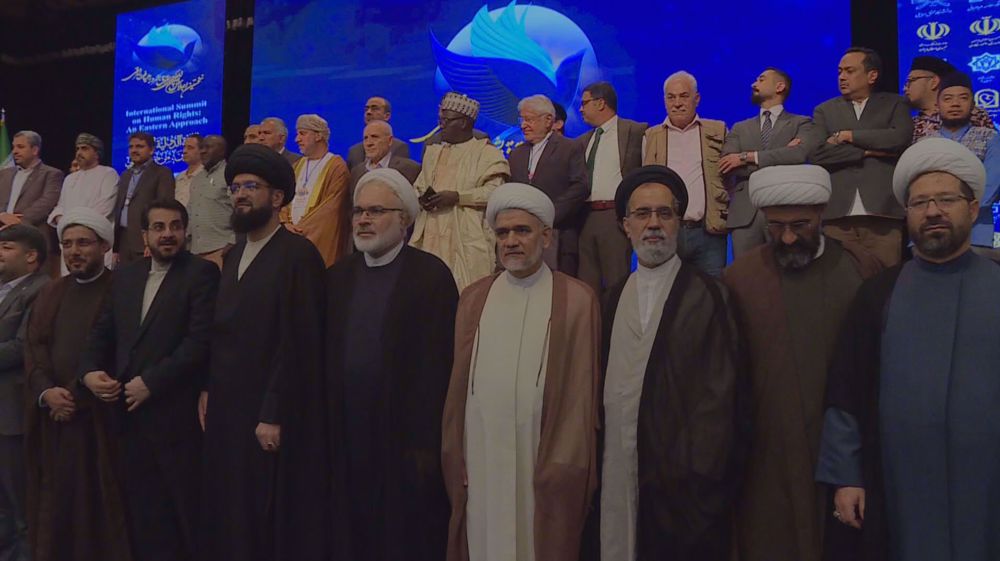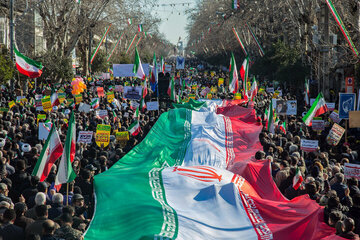Alwaght- The recent Israeli war in Lebanon is of high similarity to the Israeli invasion of Lebanon in 1982 in terms of the aims Israeli regime had set for it, though there are some differences in terms of the motivations of start of the war and the results to the two sides. However, a passing comparison between the first war (1982) and the third war (2024) very well gives away the grade of power gain of Hezbollah and the big victory it secured in recent war.
Similarities and differences of the first and third wars
In their invasion of Lebanon in 1982, to secure their northern borders, the Israelis announced their main aim of the war to be destruction of the military structure of the Palestinian Liberation Organization (PLO) that at the time had made Lebanon its main stronghold.
At that time, Israeli Prime Minister Menchem Begin announced that he intended to eliminate the resistance in Lebanon and push the Palestinians back 40 kilometers from the border, that is, to the borders of the Al-Awali region outside the city of Sidon.
Therefore, there is no difference between the goals of the third and the first and second (2006) wars in terms of the strategic perspective determined by the enemy, and in all three cases, the Israeli positions are about eliminating and crushing the resistance and pushing the resistance forces back to the north of the Litani River and ensuring the security of the northern settlers.
However, there are also fundamental differences between the 1982 war called the "Galileo Peace" and the recent war called the "Northern Arrows". These differences can be limited to three fundamental differences:
Firstly, Palestinian resistance was not native to Lebanon at that time. Therefore, knowing that Israel would not be stopped at the Nahr Al-Awali, at the farthest point in southern Lebanon near the cities of Sidon and Nabatieh, they retreated to strengthen their defensive fortifications.
Secondly, probably, given the conditions in Lebanon at that time and the presence of armed groups opposed to the presence of the PLO on Lebanese soil, the Israelis were less concerned about facing firm popular resistance, so they had more hope of exploiting this aggression than in next wars.
Thirdly, the resistance was limited and powerless against the scale of the Israeli army's military offensive, an issue that the PLO leadership attributed to surprise and inability to respond.
Results of two wars
With presenting the aims of Israeli enemy in the two wars and reflecting on the points of similarity and difference between them, now we can assess the criteria for victory and loss in a scientific procedure and with a comparative method through the results obtained from military and political scenes.
Firstly, the extents of the advances made by the Israeli army in the first and third wars are not comparable. In the 1982 war, the regime was not satisfied with its declared goals of capturing the Nahr Al-Awali region, so it pressed ahead with its offensive towards Beirut. Even though the Israeli army faced fierce resistance from Islamic resistance fighters and Lebanese nationalists at the southern gate of Beirut in the Khaldeh area and later on the outskirts of the Faculty of Sciences, it managed to push its way into the city after deadly airstrikes and a six-day blockade on the city.
In the case of the recent war, the equations are completely different, as not only did the enemy fail to reach the Litani River, as it had anticipated in his short-term goals, but also it failed to consolidate its occupation of the border villages. Despite heavy aerial bombardment against these villages during the two months of the war and the 14 months before that, thanks to the legendary steadfastness and bravery of the resistance fighters, Tel Aviv was forced to retreat after suffering heavy human losses.
Secondly, in the first war, an agreement was reached between Israel and the PLO, according to which the Palestinian fighters led by Yasser Arafat and the leaders of this group would withdraw from Beirut with light weapons. Thus, Israel almost realized its aim of hitting the infrastructure of the PLO and eliminating the threat of Palestinian resistance from the northern borders. With this military achievement on the battleground, the enemy immediately sought to take advantage and gain political benefits:
- It called for multinational forces to implement truce agreement.
- It prepared the ground for presidency of Bachir Gemayel of the Lebanese Phalanges party using the fire of tanks. However, this presidency did not last long, and after three weeks, Gemayel was assassinated, giving place to his brother Amin Gemayel.
- Israel used its military superiority to expel the PLO from Lebanon and force negotiations to conclude security agreements to obtain security guarantees in the north through American mediation, which resulted in the signing of the humiliating 1983 agreement, which fully met Israel conditions and reduced the Lebanese army to a police force responsible for the security of the occupation forces.
Now, this agreement can be compared to the recent truce agreement to which the Israelis reluctantly gave a green light, revealing the grade of their losses and victory of Hezbollah.
Article 1 of the May 17, 1983 agreement (before its annulment) ended the state of war between Lebanon and Israel, meaning it completely removed Lebanon from the conflict with Israel. But the recent ceasefire agreement calls itself exclusively a "cessation of hostilities," indicating that Lebanon will remain a bastion of resistance and the main pillar of the fight against Israeli occupation.
Article 3 of the May 17 agreement stipulated the establishment of a security buffer zone in Lebanese territory up to the outskirts of Sidon in favor of the Israelis, thus limiting Lebanon’s sovereignty over its territories in favor of the Israeli aggressors. Also, in the appendix to the security arrangements, the Lebanese authorities were required to adopt special security measures to detect hostile activities and prevent the unauthorized entry or movement of armed individuals into the security zone and elsewhere. Furthermore, article 5 stipulated that any hostile propaganda against Israel was prohibited.
In recent war, however, while the Israelis at the beginning of their invasion called for new appendices to the 1701 resolution, they not only did not secure any scores, but also given the fast return of the displaced Lebanese citizens to their home and failure of displaced Israelis to return to their homes in northern settlements, we can understand that the buffer zone is practically set up on the enemy soil.
Finally, in recent war, Hezbollah managed to secure a big win by preventing Israel from obtaining its stated goals, as well as preventing occupation of Lebanese territory, maintaining the right to self-defense and defense of national sovereignty, and preventing enemy's intervention in Lebanese home affairs or foisting a puppet president or government on Beirut, all thanks to the sacrifices and blood of thousands of martyrs and its legendary leader Sayyed Hassan Nasrallah.



























